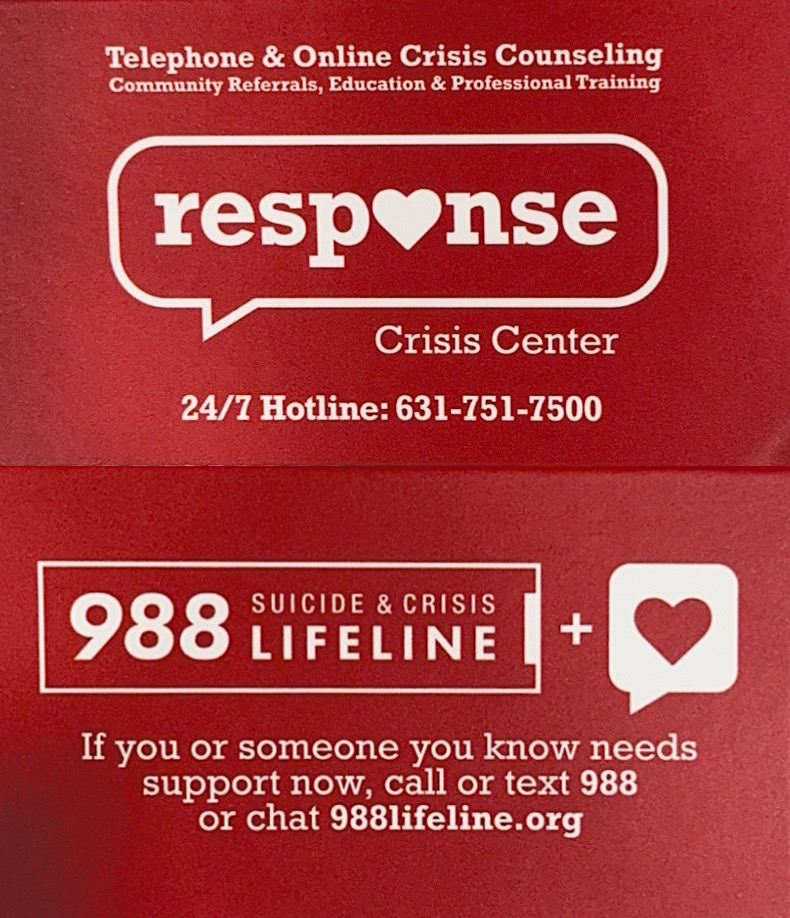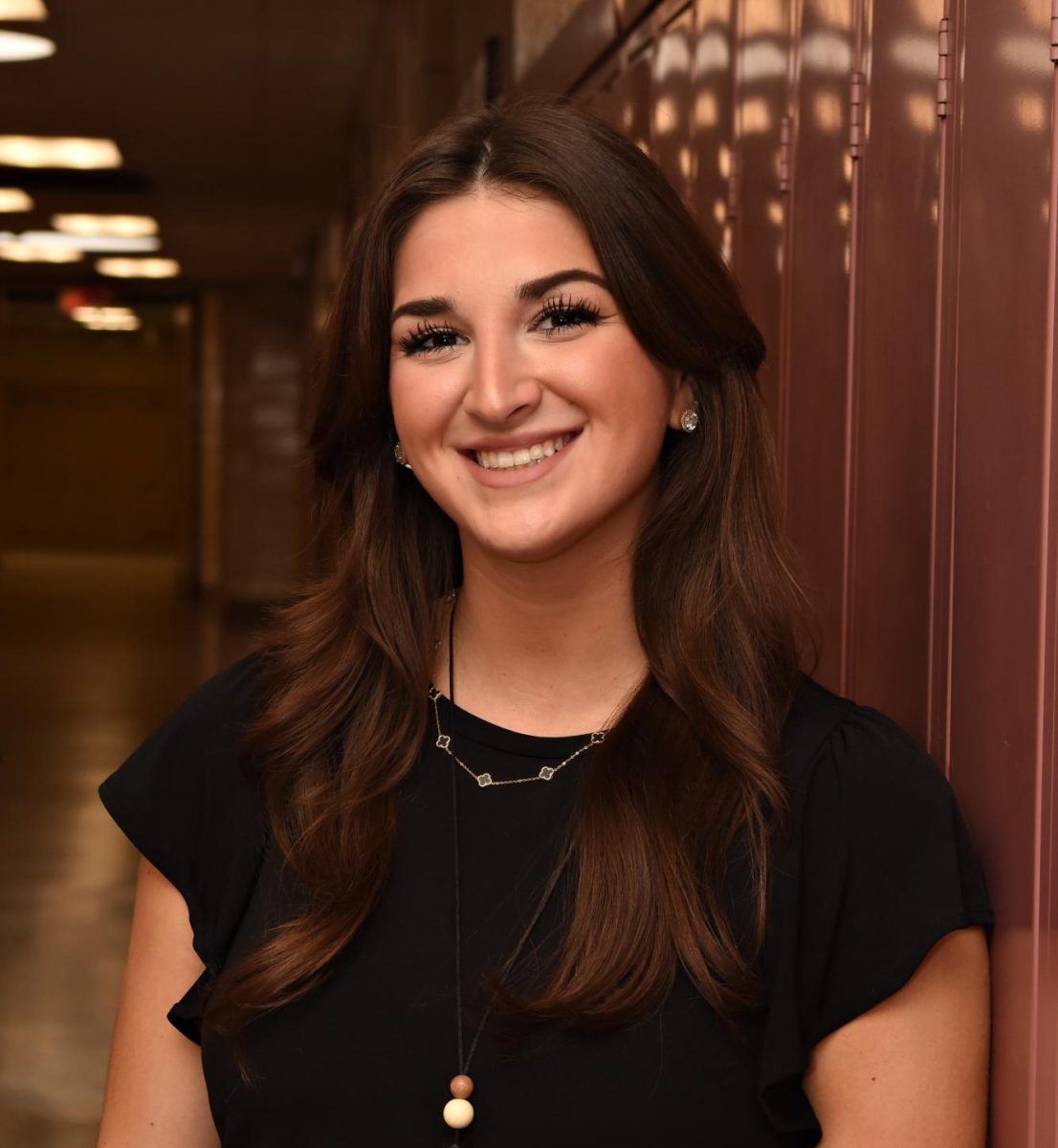In April, many sophomore health classes had a 988 Suicide & Crisis Lifeline and Response Crisis Hotline operator present about suicide awareness and prevention.
The age range with the highest suicide rate are teens and young adults, which is why bringing in organizations like this to high schools is so important. Eradicating the stigma against talking about suicide and having open and meaningful conversations about it is the first step to reducing teen suicide.
“To be able to go into the school and to talk to people about prevention and have them recognize the warning signs is so important… we want to tell you where you can each out and feel supported,” said 988 and Response operator Jaime DelliPizzi, in an email.
Common warning signs that someone is suicidal include talking about guilt, shame, death, being a burden, and feeling hopeless. Changes in mood or behavior—such as recklessness, giving away possessions, becoming violent, changing eating or sleeping patterns, and saying goodbye to loved ones—are also warning signs.
“When there’s a disruption in the pattern of behavior, especially with someone in your family or somebody who’s close to you, you can tell,” said DelliPizzi.
Both 988 and Response are open at all hours, so people struggling can call in whenever needed.
“These crisis lines are 24/7. Every holiday, every day. They’re never closed, it’s a 24/7 operation…because the crisis knows no bounds,” said DelliPizzi.
Another great thing about these organizations is that they also serve as a safe space for those who want to remain anonymous when they call. If preferred, you can also chat from a computer or text 988.
“You can call in, and you can omit your name…but the service is confidential,” said DelliPizzi.
You can even contact 988 and Response if you’re just having a bad day or are looking for emotional support.
“Crisis Counselors are trained to actively listen, creating a safe space from judgment for emotional support for all callers…It is so important to us that you feel supported and safe, and feel connected and free to talk,” said DelliPizzi in an email.
One of the first steps to preventing suicide is to reach out when in need of help. Whether this be to a trusted family member, friend, or even 988 or Response, there is always someone willing to listen.
“This is a safe place to talk about difficult things. You can tell us anything,” said DelliPizzi.
Another way to prevent suicide is if someone you know could be in need of help but you don’t feel comfortable reaching out to them or aren’t sure what to do next, you can call in on someone’s behalf and discuss the situation pertaining to said person, which is referred to as a 3rd Party Call. The person contacting 988 or Response is also given emotional support.
“In the event that we must make a 3rd Party Outreach Call, we will take the person’s phone number and name, and ask if the person [who first contacted 988] would like to protect their confidentiality when we reach out [to the person they were concerned for]. We will make the outreach call and ask if the person would like to talk to us about the difficulty they are going through. Then it’s their choice to take us up on that offer,” said DelliPizzi.
Anyone who calls is also offered a follow-up service, which is when an operator reaches back out on a different date and time to check up on the person’s emotional well-being and provide more support. During this time, operators can also offer additional resources if needed.
“At the end of the call, I asked if they would like to be put on the support line—which is when a coordinator for the support line will take your information and we can reach out to you multiple times a week…We’ll call you…and it can be a social call, a safety check-in, or anything else,” said DelliPizzi.
Sometimes, the difference between life and death can be something as simple as getting a call and being asked how you are. ◼️
For those struggling or know someone in need of help, feel free to visit these sites:










